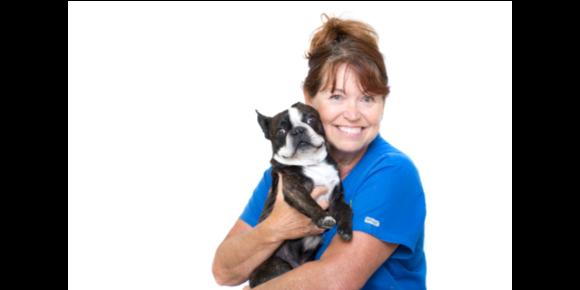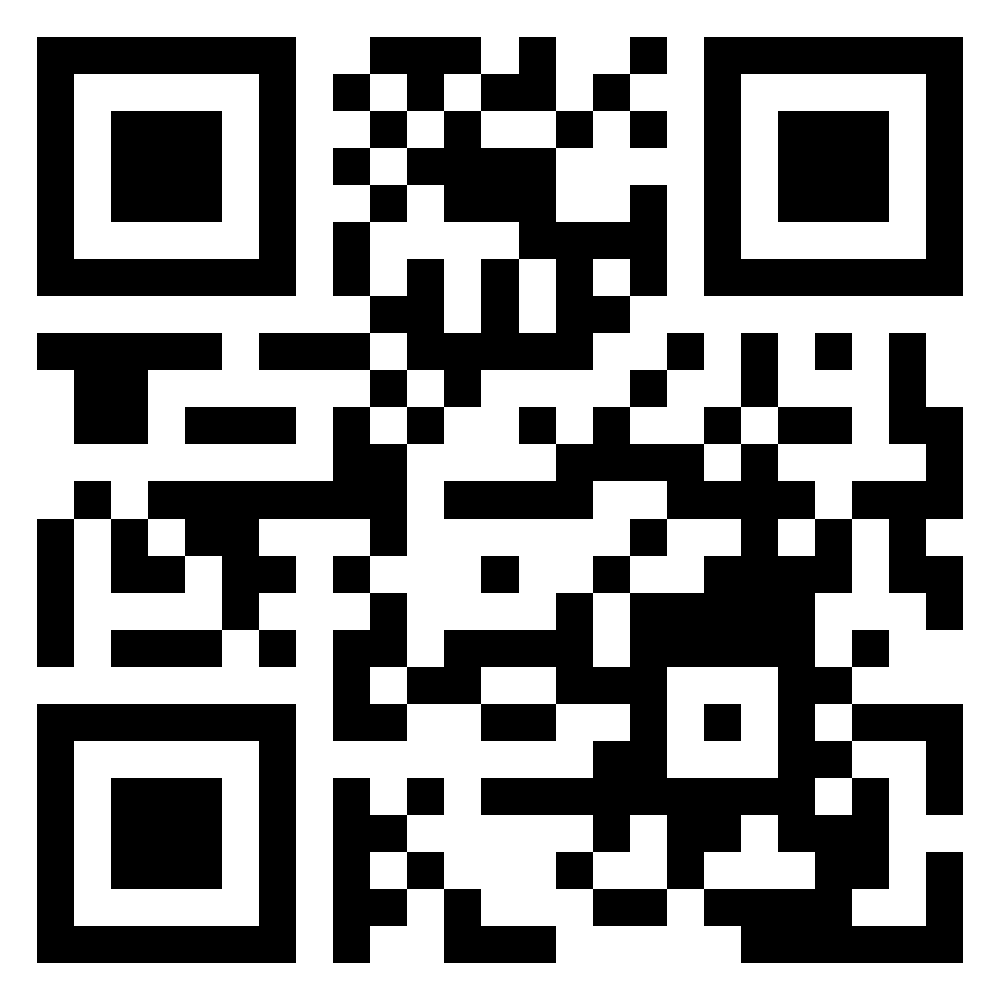
- posted: Aug. 02, 2018
If you are reading this, I probably don’t need to tell you that your puppy likes to chew on
things which can include people’s hands, limbs, and clothing. Most dog trainers call this behavior mouthing rather than biting in order to draw a line between what is considered play and what could be considered aggression. To understand the why behind this behavior it’s beneficial to look at how puppies play.
If you watch a group of puppies playing, you’ll see plenty of chasing, pouncing, and wrestling similar to a group of children on a playground. Human play can include touching, grabbing, and pushing. However, because puppies don’t have hands, they use their mouths to grab, hold, and to get the attention of their playmates. I’ve heard it said that puppies don’t have a clear concept of what hands are and will sometimes regard them as mouths on sticks.
Puppies learn how to be gentle in play with each other by the reaction they receive from their playmate. If a puppy bites his playmate too hard the victim of the painful bite will yelp and usually stop playing. Surprised by his playmates reaction (the yelp), the puppy will usually also stop playing for a moment. However, pretty soon, both playmates are back in the game. Through this kind of continuous interaction, puppies learn to control the intensity of their bites so that no one gets hurt and the play can continue without interruption. If puppies can learn how to be gentle from each other, they can also learn the same lesson from people.
When your puppy uses his mouth to play with you, your hands, clothing, etc give a high-pitched yelp, as if you’re hurt. This should startle your puppy and cause him to stop mouthing, at least momentarily. Praise your puppy for stopping and immediately offer him/her something they can chew on such as a rope toy, Kong, or Nylabone. Note: I do not recommend
stuffed toys. Puppies have very sharp teeth that can rip the material off stuffed toys. Once this happens, most puppies will make a game out of chewing on the stuffing. If your puppy
swallows the stuffing, this can lead to serious health risks and possibly surgery to remove a blockage caused by the ingested material. Resume playing and repeat the above steps until
your puppy learns that play will continue when he is mouthing a chew toy, and conversely play will immediately stop when he attempts to mouth a human. If yelping doesn’t seem to be working, you might want to consider switching to a Time-Out.
If at any time, while you are playing with your puppy, he/she decides that you are a chew toy, immediately put him in a safe place for 1 - 2 minutes. Places like a exercise pen, crate, laundry room secured by a child gate, etc. are excellent choices for a time out. During this 1 - 2 minute time out ignore your puppy. It is important that you do not look at, talk to or interact with your puppy while they are in time out. After 1 - 2 minutes, return to your puppy and encourage him to play with you again by using a rope toy, treat filled Kong or other puppy proof chew toy. It’s important to teach your new puppy that gentle play continues, but painful play stops. Play with your puppy praising him/her for gentle play and repeat the above time out sequence if mouthing returns.
Lastly, if yelping and or time out is not working you might want to give him a dose of his own medicine. When you find your hand being chewed on, gently press down on his muzzle increasing pressure until your puppy pulls away. Once your puppy discovers that mouthing a human isn’t as fun and he once thought it was, the behavior normally will disappear. Remember it is a good idea to always use a toy as a buffer between your hands and your puppy mouth. Good luck and remember consistency is key and perfect practice equals perfect results!
Penny DiLoreto, CPDT-KA
For more tips on training your dog or puppy just click here.

